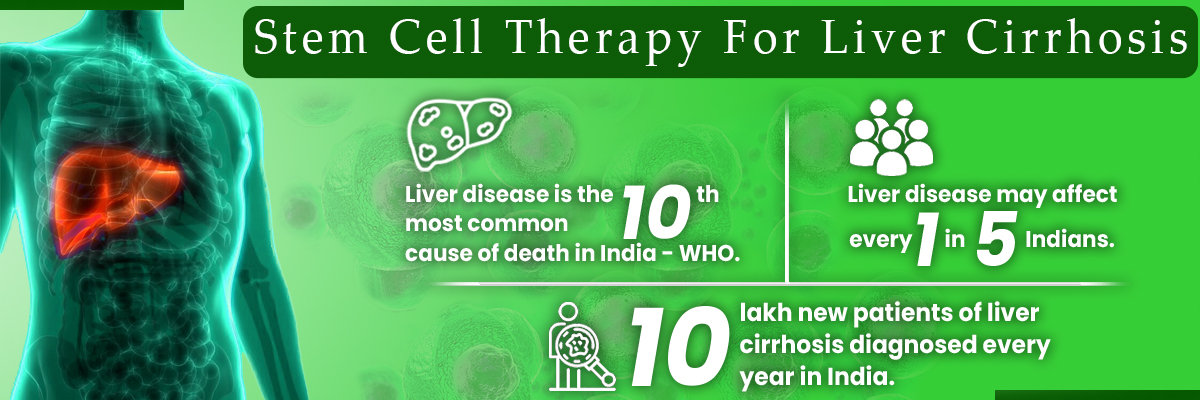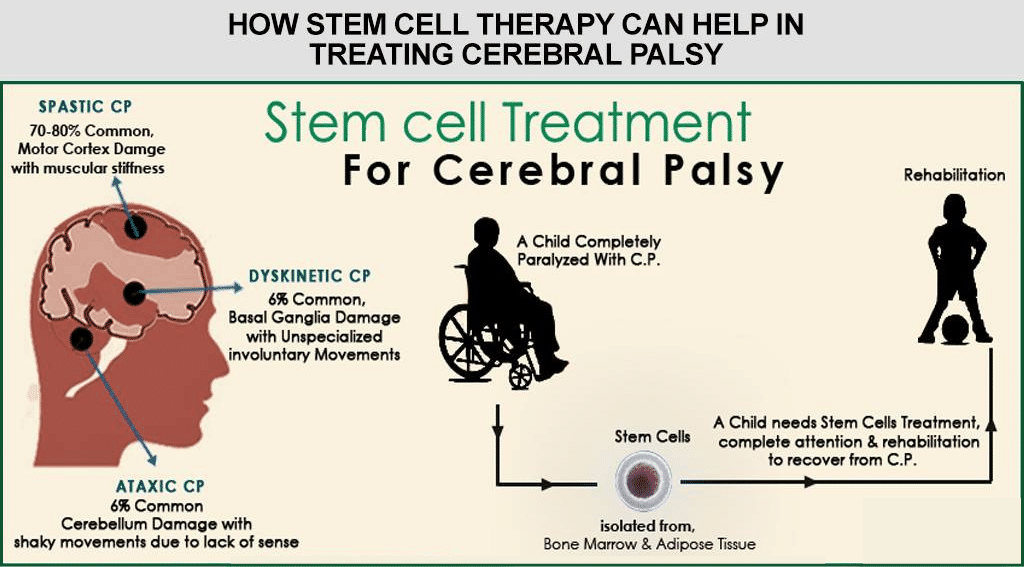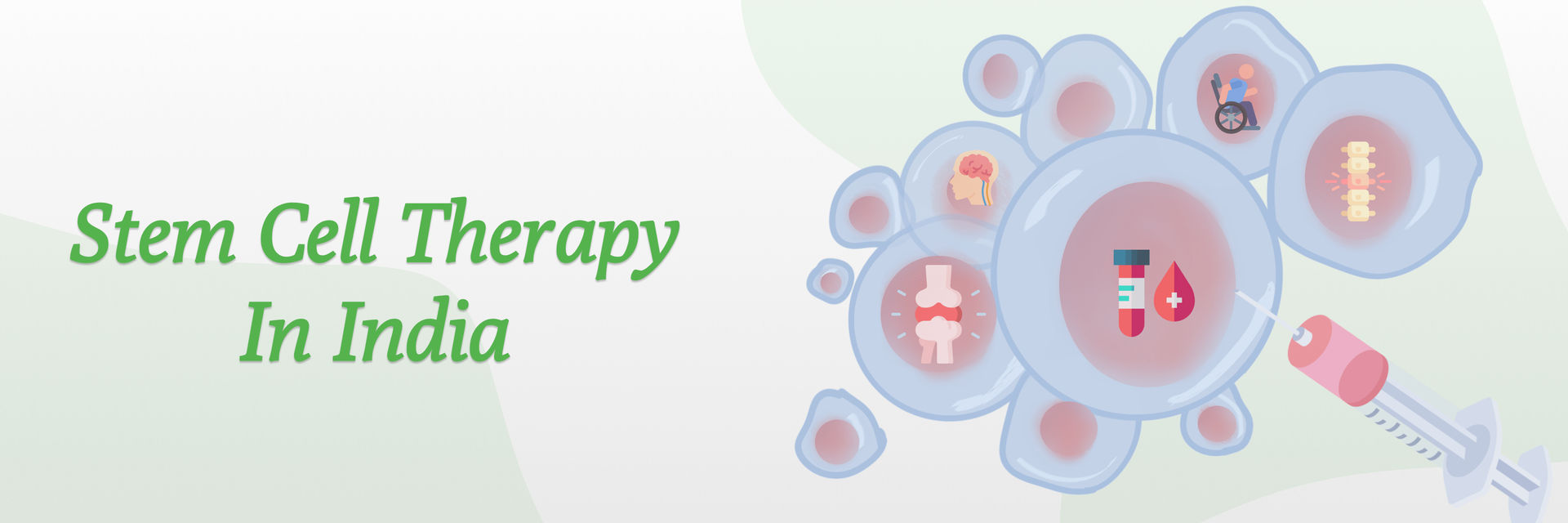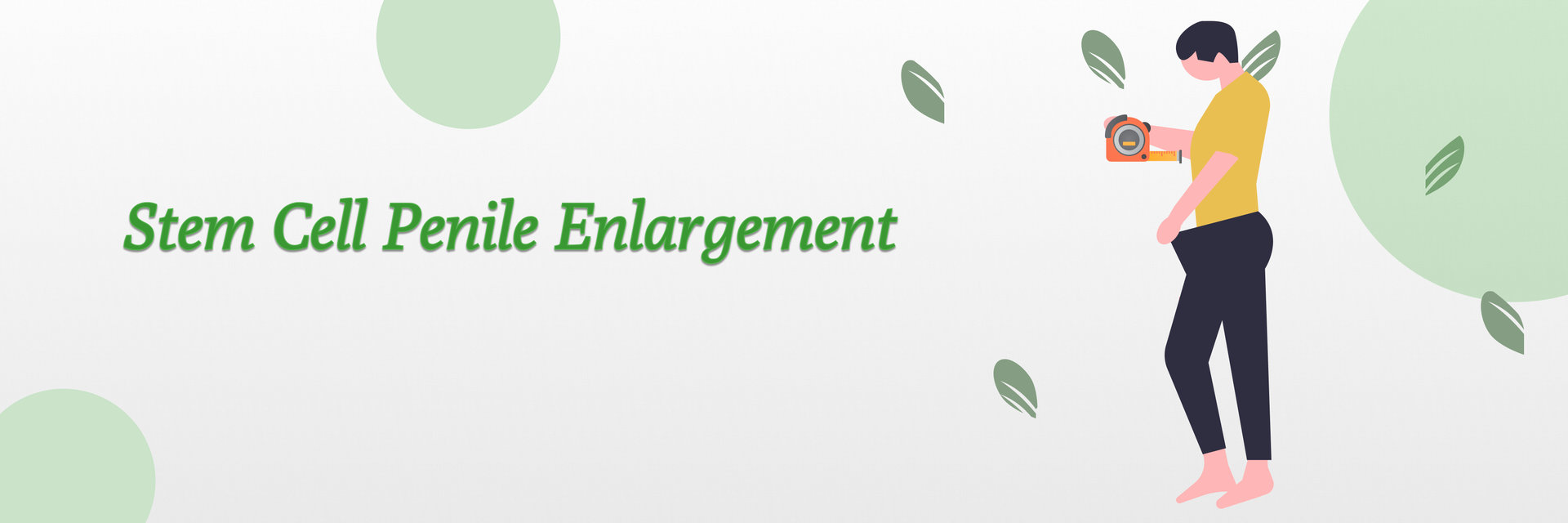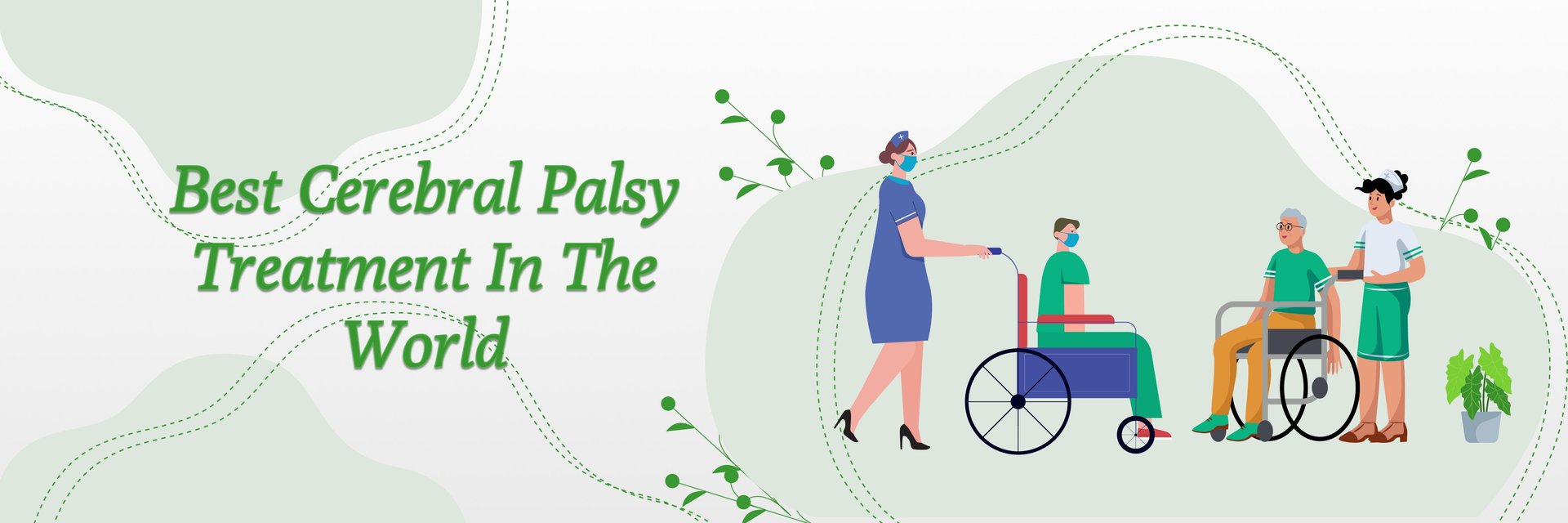
For decades, patients from all over the world have been travelling to India for all kinds of surgeries.
People have waited for years, but they have kept their hopes alive in order to see their loved ones move and come out of pain. The joy we feel when children recognize their parents and return to normalcy in their lives, senior patients suffering from dementia and Parkinson's disease heal, where only patience and medication are recommended, stem cell therapies are becoming increasingly popular.
Surgeons, considered as one of the best by countries like UK, USA, and Canada for their experience, skills and precision, perform .
They have received education and training from some of the world's best medical institutions.
We want to ensure that when a patient chooses to undergo stem cell therapy in India, he or she is completely at ease and can focus solely on his or her treatment.
Stem cell therapy is relatively affordable in India. However, this treatment is only available in a few Indian centers like Delhi, Mumbai, Bangalore. The cost of stem cell therapy is around $6791 in India, while it starts approximately $12900 in the UK.
What is Stem Cell Therapy (Regenerative Medicine)?
Stem cells are unique individual cells. They are naturally occurring components in our body that self-renew and can develop into any organ/part or body constituent.
When a baby develops in a mother's womb, the stem cells are the first cells in the embryo (3-5 days old baby). They multiply and then divide to form other types of cells. They create every component that makes up the human body.
All cells, such as muscle, nerve, skin cells, are specialized cells developed from stem cells. Once the stem cells take their shape into these special cells; they can no longer take another form, hence they should be preserved in the original form.
However, because these cells are not readily available after a period of human birth, the preservation of pure stem cells at birth can be very beneficial and used in some stem cell treatments where organ or cell regeneration is required from the start.

- These types of cells are used for Stem cell therapy:
1. Umbilical cord stem cells (Hematopoietic stem cells):
Stem cells is in their purest form. It is the network of blood vessels and stem cells that connects the mother and the baby throughout the pregnancy.
The placenta and umbilical cord are generally cut and discarded when a baby is born. Hence it is generally very easy to obtain and store. If parents want to save their baby's stem cells, they can be taken from these cords and saved in a stem cell bank.
However, if someone does not have these saved due to any reason, there are other options available.
2. Adult Stem cells (multipotent or unipotent):
Adult stem cells are derived from fully developed organs such as bone, skin, and the brain. There are only a few stem cells present in these organs. They can only produce the same kind of cell. For example, a stem cell derived from the liver can only produce liver cells.
3. Embryonic stem cells (pluripotent stem cells):
Cells are taken from 3 to 5 days old embryos (Embryos: early-stage organism that can develop into a human being inside the mother’s womb) and used for scientific purposes. These are known as embryonic stem cells.
These embryos are created through the in-vitro fertilization procedure for obtaining the stem cells.
How does Stem cell therapy work?
Let us understand how doctors go by with the process;
- Firstly, Patients' conditions is evaluated to know their criteria.
- Own stem cells are preferred due to 100 percent compatibility or, in rare cases, stem cells from their closest relatives are used.
- Following pre-testing, the stem cells are cultured in a medium and manipulated to multiply as a special cell for their particular organ/blood repair. Later these cells are injected into the desired body location.
- If any cell or organ is damaged, these stem cells can detect the damage, repair it, and repeatedly divide to heal. They generate new, healthy cells. As a result, stem cell therapy is also known as regenerative medicine.
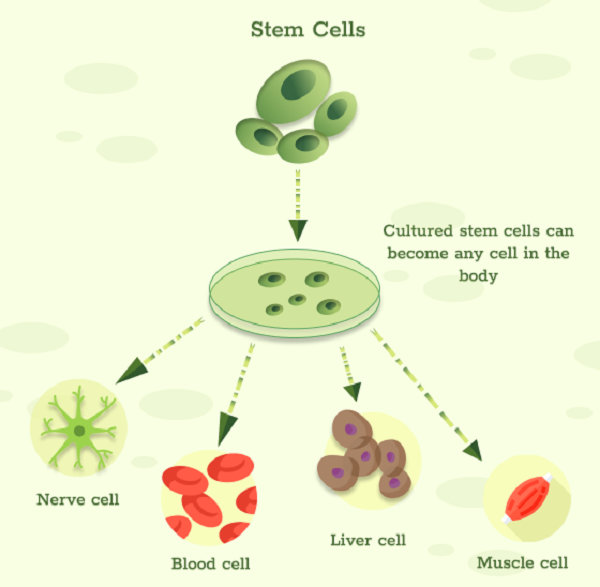
What is Importance of stem cell therapy (Demand of stem cells) ?
The use of stem cells has grown in popularity, but what distinguishes them from other surgical procedures is that there are few to no risks involved. There are no bodily invasions required here, as in other surgeries; they simply enable the body's natural ability to regenerate those cells that are needed at the time.
Stem cells are growing to be a very fascinating area of research in medicine.
New studies are constantly being published that investigate and support the efficacy of blood disorder treatments, malfunctions of the immune system which may get promising benefits. However, no medical procedure is ever completely risk-free.
Stem cell therapy as a benefit centre for the economy:
- There is a deep interest in stem cell treatment, which considerably encourages the scientific sector; they have also raised investment in policy reasons in favor of stem cells.
- This improves the outcomes of many investigations, which may lead to a more significant economic push and a country's reputation as a leader in leading research sectors.
- Economic development, job creation, higher productivity, and sickness reduction are some of the goals that might be pursued.
What are benefits of stem cells in this new age stem cell research:
1. Laboratory studies of stem cells allow scientists to learn about the cells' essential
properties and what distinguishes them from other types of cells.
2. Stem cells are used to test new drugs in the lab and create model systems. These
model systems help doctors for studying normal growth inside the human body and
determining the causes of birth defects.
3. Our stem cells are the closest to our system because they know the blueprint of our
body if appropriately guided.
4. Patients suffering from chronic heart diseases also have a ray of hope. Many medical
research has been going on to fully treat patients, from all kinds of heart diseases.
Hence there has been an increase in demand, where they can function in a way medical
science may not.
5. Healthy heart muscle cells can also be grown in a lab, and it could be transplanted into
damaged hearts. This has been an astounding work by our scientists.
Here are some interesting health improving uses :
- Lung disease: By injecting the patient with new mesenchymal stromal cells, bone marrow stem cell therapy can successfully treat the disease.
- Hair loss: Stem cells can be introduced into the scalp and used to treat hair loss.
- Improved Eyesight: Stem cell therapy has the potential to regenerate damaged cones in the retina. This means vision can be restored correctly using this advanced procedure.
- Brain: Stem cells that are transplanted in the brain guide the host cells towards the brain tissue to heal. Stem cells can differentiate into a variety of cell types that perform a variety of functions. Cerebral palsy is treated using stem cell therapy to repair brain damage.
- Blood disease: The most common and extensively used stem cell treatment is the transplantation of blood stem cells to treat blood and immune system diseases or restore the blood system after specific cancer treatments, such as leukaemia and genetic blood diseases like Fanconi anaemia.
- Spinal cord Area: Stem cell transplantation is being used by surgeons to treat the symptoms of spinal cord injury by transplanting cells directly into the grey matter of the patient's spinal cord.
- Heart diseases: The ability of stem cell therapy to regenerate cardiac tissue is a promising benefit.
- Orthopedics: Stem cells can be used as a regenerative medicine to reduce inflammation and treat conditions like arthritis, spinal problems, back pain, sports injuries etc.
DISCLAIMERS: The information in the article is subject to change according to medical guidelines. This is neither an advertisement nor promotion for stem cells, rather important basic information for knowledge purposes.
